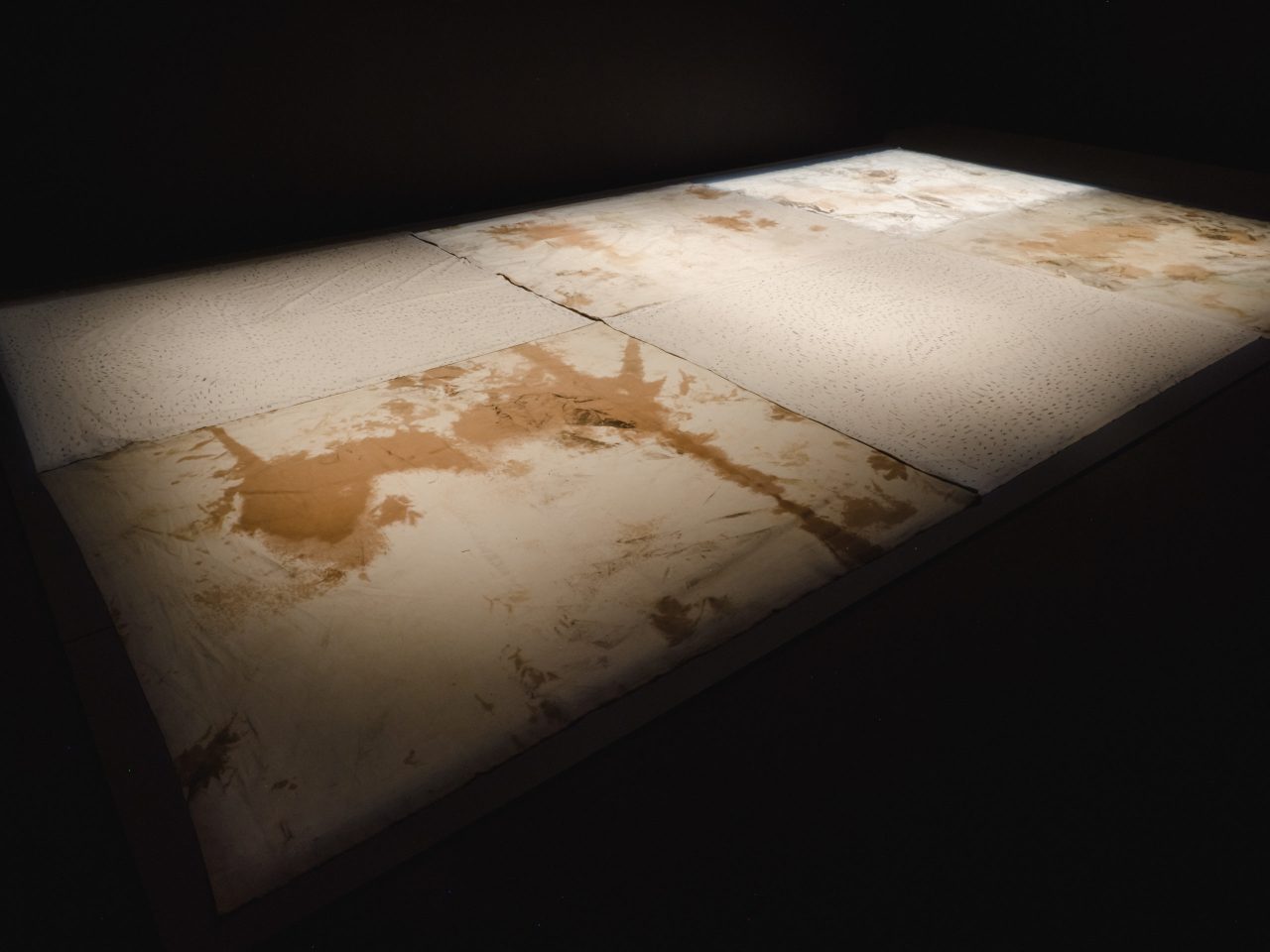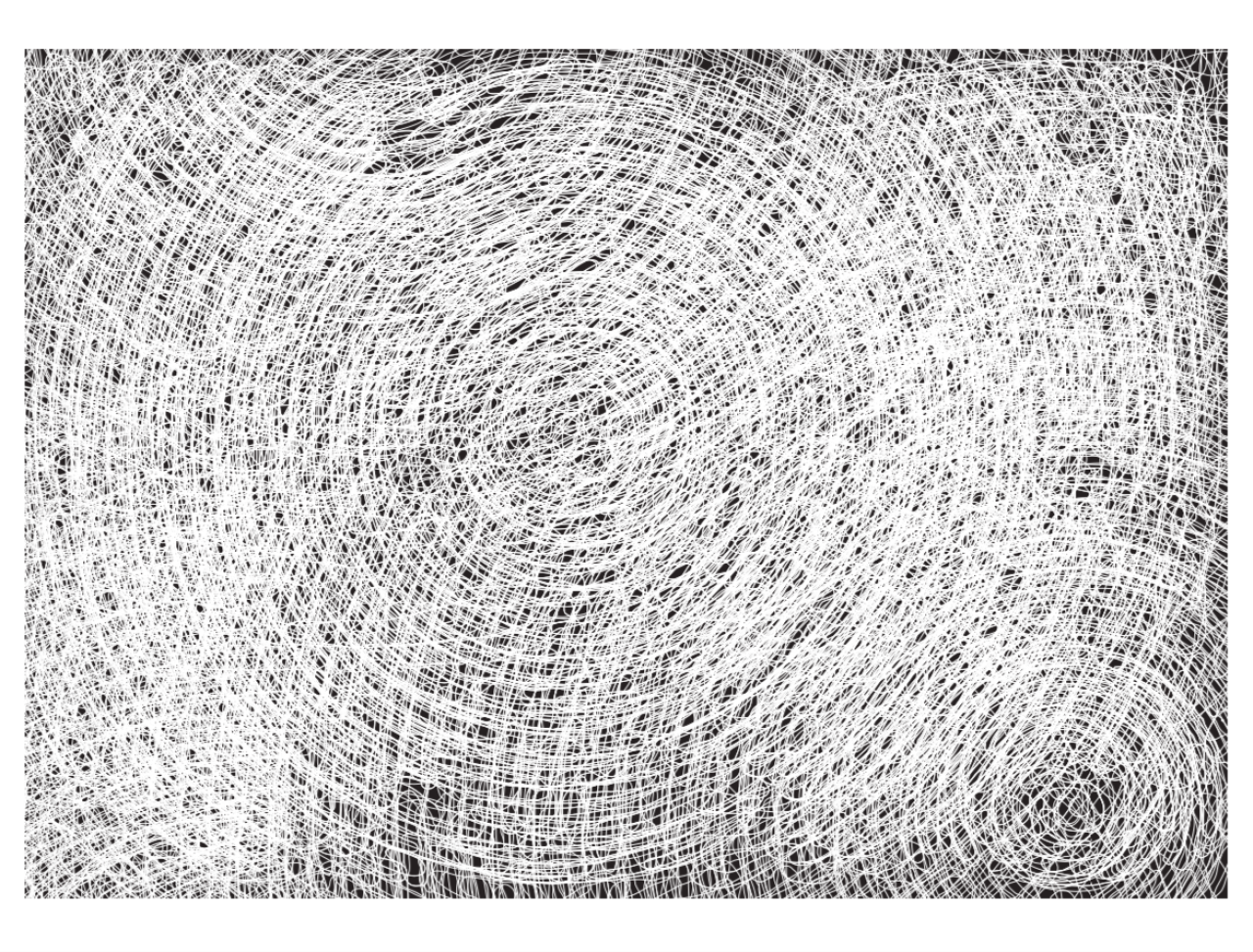Saturday 30 Oct 2021 at 7:30 pm
HR MacMillan Space Centre, 1100 Chestnut Street, Vancouver
Dark Matter Day
Join Ars Scientia and the HR MacMillan Space Centre for Dark Matter Day on Saturday, 30 October 2021, an international event celebrating the historic hunt for dark matter through public discussions hosted annually by institutions and individuals worldwide. Scientists believe that dark matter, which we have so far only detected through its gravity-based effects in space, makes up about a quarter of the total mass and energy of the universe. There’s more to the universe than stars, planets, asteroids, comets and space dust that we can’t yet explain.
Leading researchers from UBC Physics and Astronomy will take over the Planetarium Star Theatre at the HR MacMillan Space Centre and present their research using novel visual displays to explain dark matter, which is essentially invisible. As part of Dark Matter Day, Ars Scientia partners will also be collaborating with TRIUMF on a walkthrough of the Belkin’s exhibition Drift: Art and Dark Matter, which will be recorded and shared in early November.
For details and to register for Dark Matter Day (in-person or by Zoom), visit UBC’s Stewart Blusson Quantum Matter Institute (SBQMI).
Ars Scientia is a research initiative with the Stewart Blusson Quantum Matter Institute, the Morris and Helen Belkin Art Gallery the Department of Physics and Astronomy at UBC that merges artistic practice and scientific research.
DARK MATTER DAY GUEST SPEAKERS
Alannah Hallas is an Assistant Professor in the UBC Department of Physics and Astronomy, and a CIFAR Azrieli Global Scholar in Quantum Materials. She heads the Quantum Materials Design Lab at the Stewart Blusson Quantum Matter Institute, where her research focuses on the design and discovery of new quantum materials.
Jess McIver is an Assistant Professor in the UBC Department of Physics and Astronomy, head of UBC’s gravitational wave astrophysics (GWs) research group and co-chair of the Laser Interferometer Gravitational-Wave Observatory (LIGO) Detector Characterization group. Her research contributes to searches for gravitational waves from spinning neutron stars and estimation of the properties of gravitational wave sources like merging black holes and neutron stars.
Emanuele Michielin is a postdoctoral fellow working in Scott Oser’s laboratory at UBC. He is currently coordinating the data analysis effort for the SuperCDMS experiment at SNOLAB, which is looking for direct interactions of Dark Matter particles in germanium and silicon crystals.
Ludovic van Waerbeke is a Professor in the UBC Department of Physics and Astronomy and a Senior CIFAR Fellow in the Cosmology and Gravity Program. His research focuses on dark matter, dark energy and their effects on the universe.
Jeremy Heyl is a Professor in the UBC Department of Physics and Astronomy and co-lead of the Ars Scientia Research Cluster. His recent research has focused on compact objects: white dwarfs, neutron stars and black holes. As the most extreme objects in the universe, scientists think they provide the power behind quasars and gamma-ray bursts, the brightest objects in the recent universe.
Image (above): Josèfa Ntjam’s work in Drift: Art and Dark Matter at the Morris and Helen Belkin Art Gallery (10 September-5 December 2021). Photo: Rachel Topham Photography
Related
-
Research Project
2021 - Ongoing
Ars Scientia: Merging Artistic Practice with Scientific Research

The long search for dark matter has put the spotlight on the limitations of human knowledge and technological capability. Confronted with the shortcomings of our established modes of detecting, diagnosing and testing, the search beckons the creation of new ways of learning and knowing. Fusing the praxes of arts and science in the emergent fields of interdisciplinary research, Ars Scientia, a tripartite partnership between UBC's Stewart Blusson Quantum Matter Institute (Blusson QMI), the Department of Physics and Astronomy and the Belkin, presents an opportunity to foster new modes of knowledge exchange across the arts, sciences and their pedagogies. Funded by UBC’s Research Excellence Cluster program, Ars Scientia will conduct rich programming and research to address this line of inquiry over the next two years beginning in 2021.
[more] -
Exhibition
10 Sep – 05 Dec 2021
Drift: Art and Dark Matter

Drift: Art and Dark Matter is a residency and exhibition project generated by Agnes Etherington Art Centre, the Arthur B. McDonald Canadian Astroparticle Physics Research Institute and SNOLAB. Four artists of national and international stature were invited to make new work while engaging with physicists, chemists and engineers contributing to the search for dark matter at SNOLAB’s facility in Sudbury, two kilometres below the surface of the Earth.
[more] -
Event
Thursday 9 Sep 2021, 6 pm
Drift: Opening with Denise Ferreira da Silva and Jol Thoms

Please join us for the opening of Drift: Art and Dark Matter with a performance-conversation by artists Denise Ferreira da Silva and Jol Thoms. Ferreira da Silva and Thoms will touch on intersections between Soot Breath / Corpus Infinitum (2020) and n-Land (2021), both of which will play throughout the evening on the Belkin Screen.
[more] -
News
14 Sep 2021
Drift: Reading Room

Resources related to the artists in Drift: Art and Dark Matter. This list is not exhaustive, but rather comprised of suggested readings compiled by researchers at the Belkin. These readings are intended to provide additional context for the exhibition and act as springboards for further research or questions stemming from the exhibition, artists and works involved.
[more] -
Event
Thursday 25 Nov 2021 at 2 pm
Symposium: Signals and Apparatuses

Beginning in May 2021, the Ars Scientia research cluster connected artists with physicists in a collaborative residency program to discuss and explore the intersections between the disciplines of art and science. On Thursday, 25 November 2021, the groups convened at a research symposium, Signals and Apparatuses, to share their experiences in the residency and engage in an interdisciplinary discussion with the academic community at UBC. Denise Ferreira da Silva offered opening remarks, which were followed by a discussion with Drift exhibition artist Nadia Lichtig and graduate student Rhea Gaur, alongside presentations from Ars Scientia collaborators.
[more]